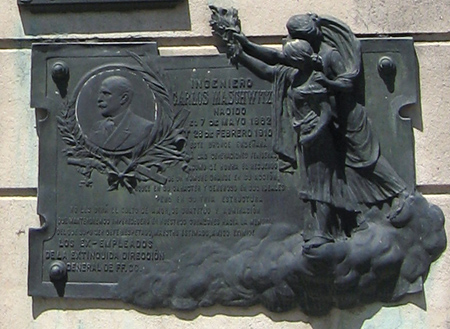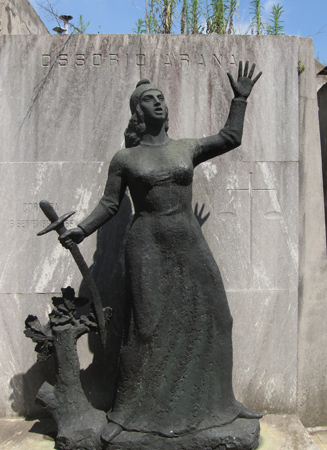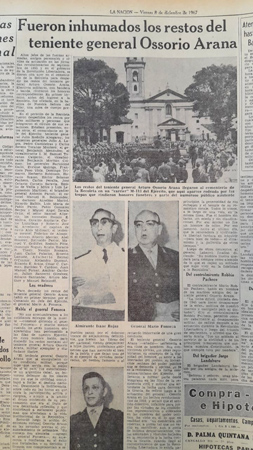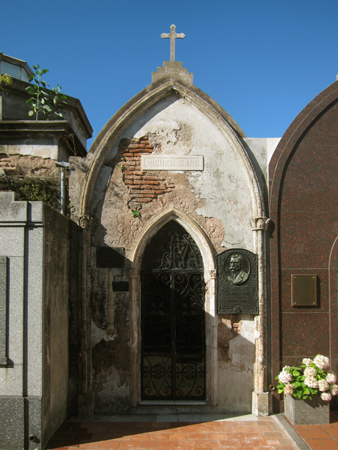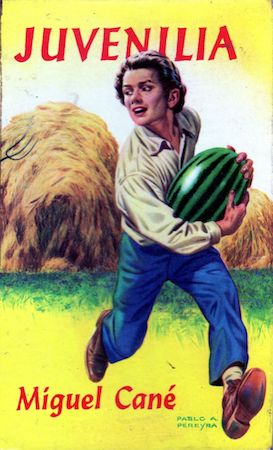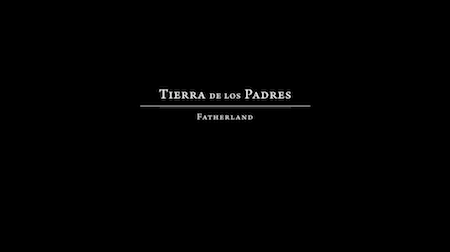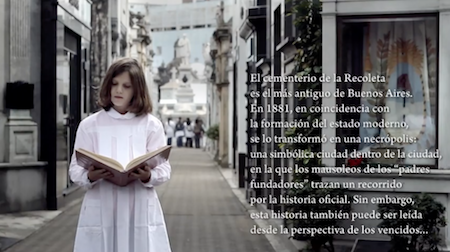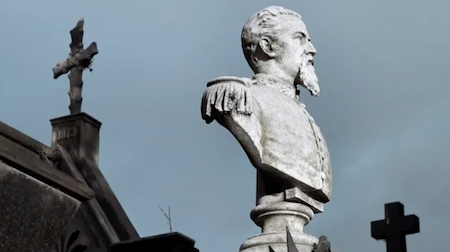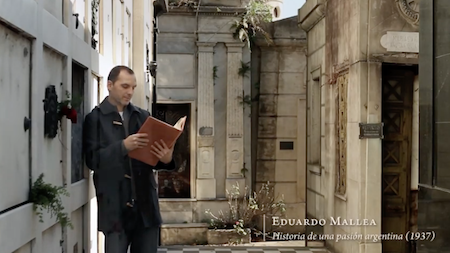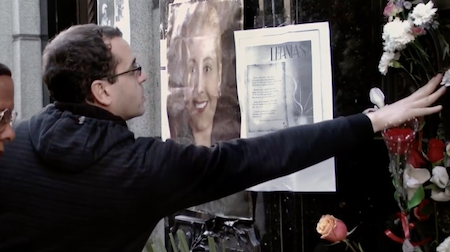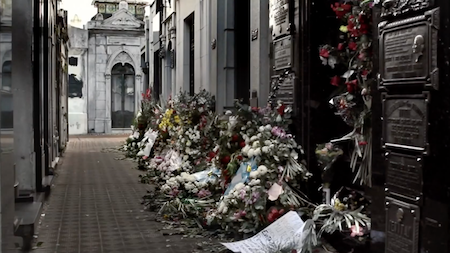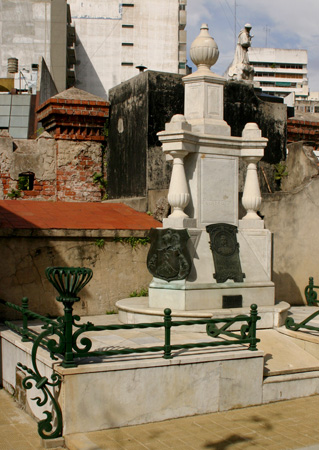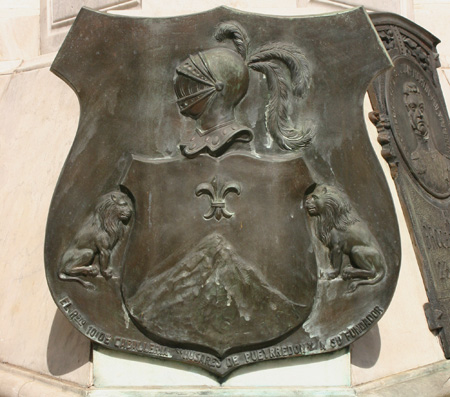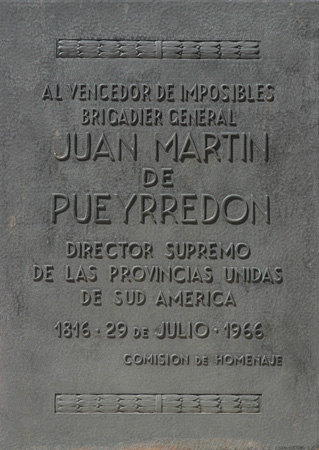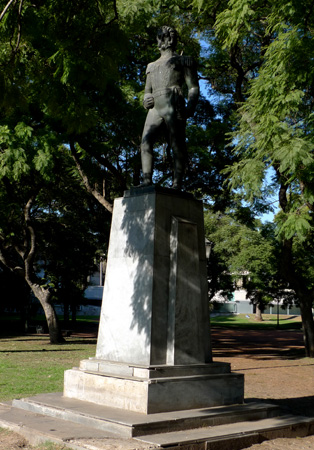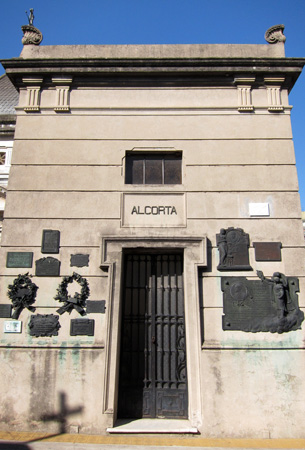
Occupying a massive mausoleum along a main walkway, Amancio Alcorta (Sr.) descended from a long line of city founders in north & central Argentina. He was born in Santiago del Estero five years before Argentina declared independence from Spain & gradually moved closer & closer to Buenos Aires… first studying literature in Catamarca, followed by music studies in Córdoba. A law degree moved him in the direction of politics, occupying a number of positions before being elected Senator of his native province.
However Amancio was not your average politician; he was part of a generation who balanced political careers with the arts. One of the first Argentine-born composers, many of his works have been unfortunately lost. But surviving pieces incorporate early folklore rhythms as well as influence from Rossini, popular during his lifetime. Amancio was so beloved that he takes the forefront in a monument near the center of the cemetery:

Amancio had six children, two of which are depicted behind him: Santiago Damiano Alcorta Palacio on the left & namesake Amancio Mariano Alcorta Palacio on the right.
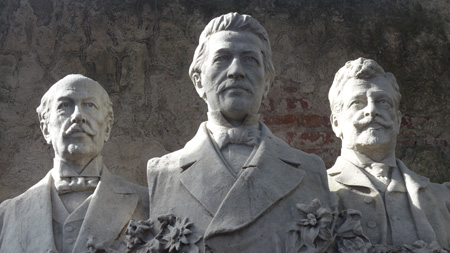
Amancio (Jr.) followed in his father’s footsteps, studying law & becoming a prominent politician. One of his distinctions was serving as the Minister for Foreign Relations under four different presidents, almost continuously from 1890 until his death in 1902.
Some of Amancio (Sr.)’s musical abilities must have been genetic because his grandson, Alberto Williams, went on to be one of the most recognized pianists of his generation & founded the Music Conservatory in Buenos Aires. Williams, who passed away in 1952, is also buried in the Alcorta family mausoleum:
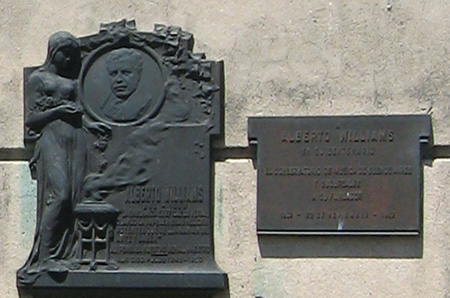
Another important figure, Carlos Maschwitz, is also buried here. He married a granddaughter of Amancio (Sr.) & improved the national train network as Minister of Public Works alongside Emilio Mitre. He died in an automobile accident while driving from Paris to Bordeaux & has a town near Tigre named after him:
